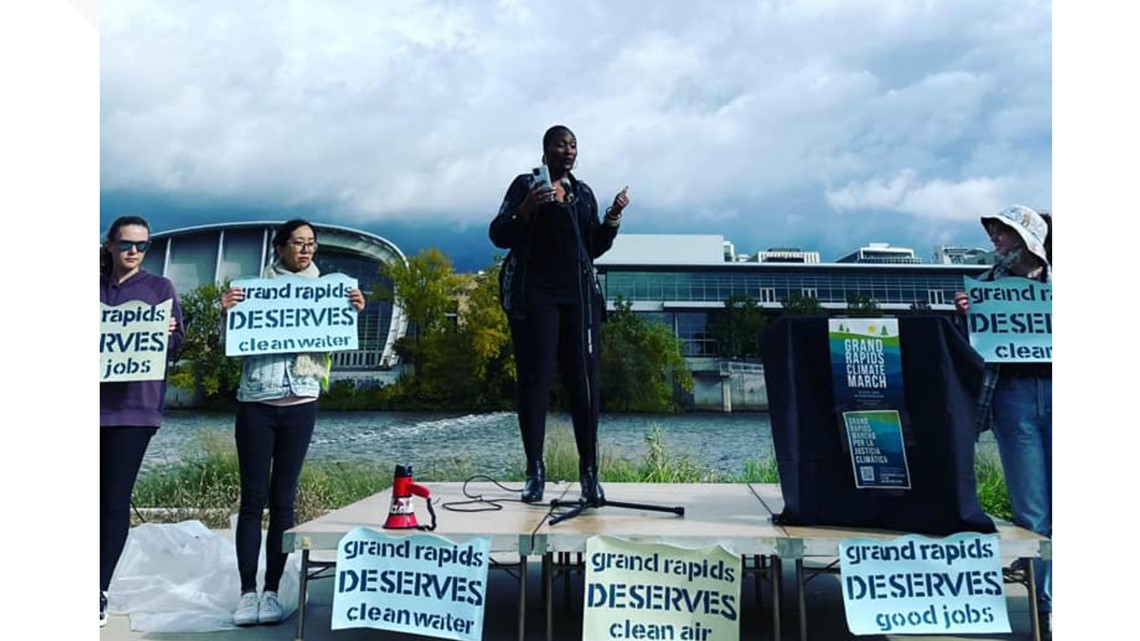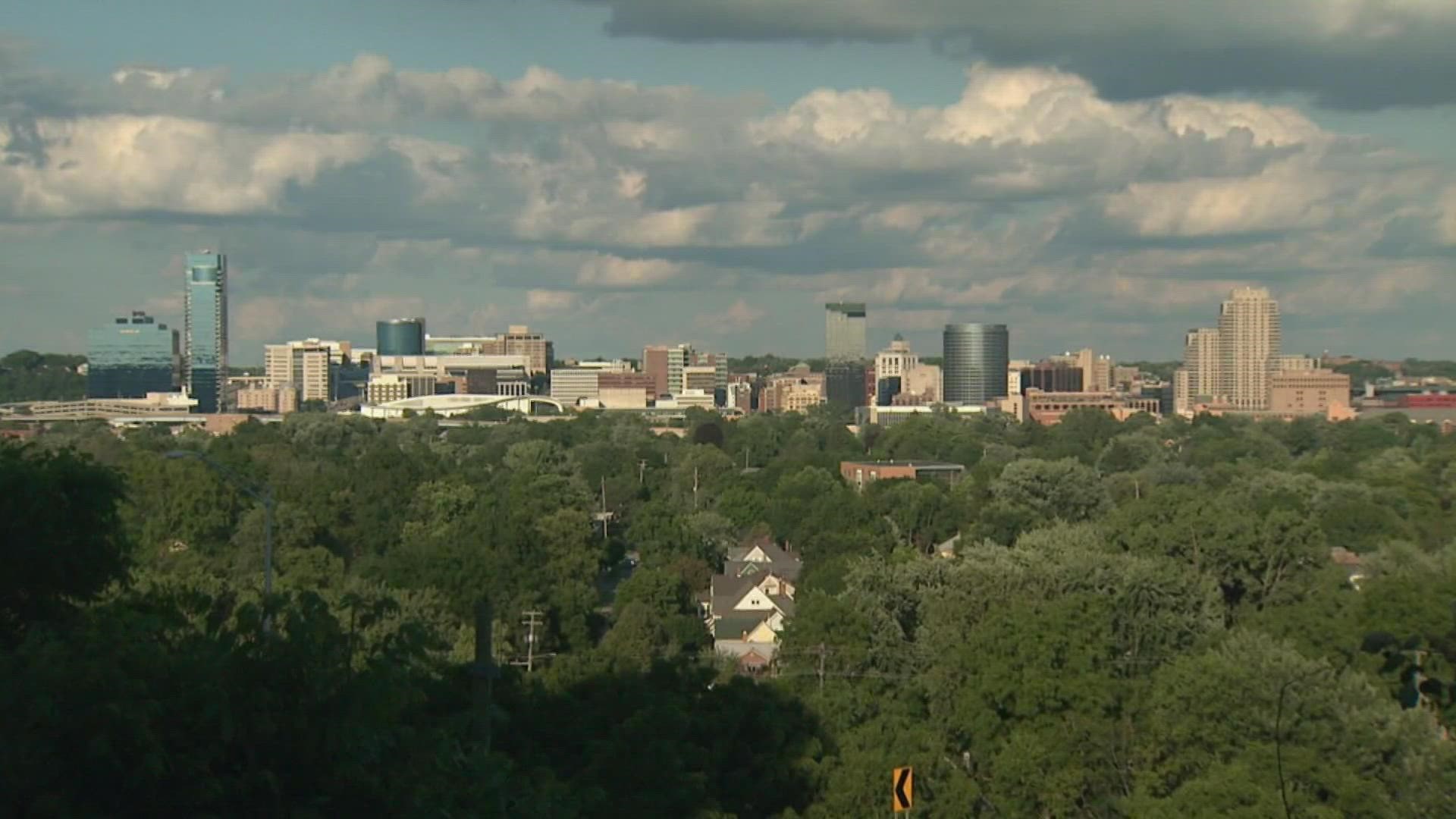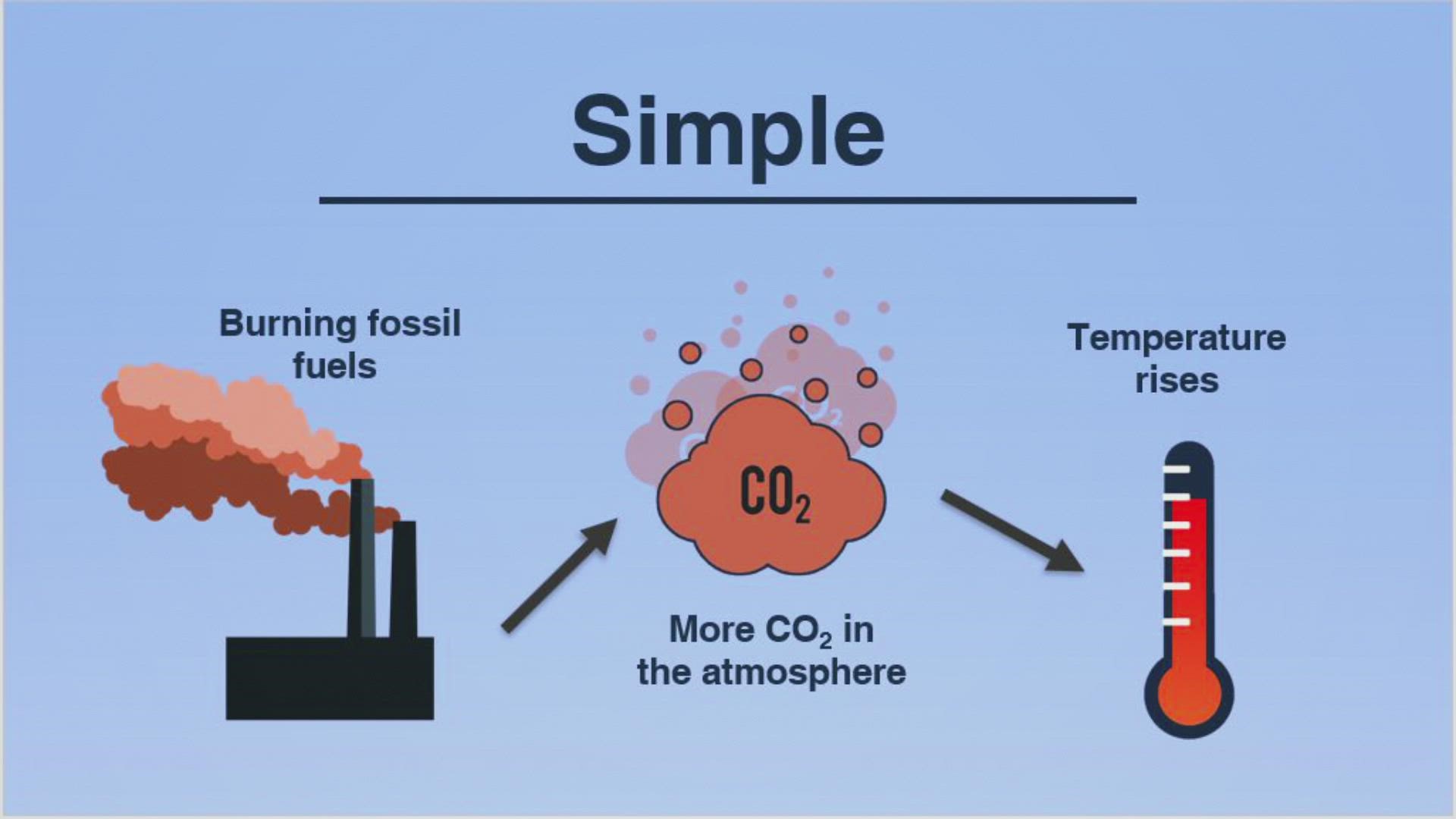GRAND RAPIDS, Mich. — Climate change affects everyone on the planet, but it doesn’t affect everyone equally.
People of color are far more likely to live in areas where warming temperatures are exacerbating asthma rates. They're also more likely to live in places where the chances of extreme temperature-related deaths are projected to rise the highest.
Poor air quality, flooding and heatwaves are just a few ways minority communities are disproportionately impacted by climate change, leading to 34% higher chances for childhood asthma and a 40% higher chance of temperature-related deaths.




Local mother Tabitha Williams has experienced these disproportionate impacts of climate change firsthand and is now fighting for change.


"I started to hear more about climate change happening and I'm hearing this word often and I'm like, 'What is that? What is this about?' As I looked into it, I'm like, whoa, this affects me. This affects the community that I live in," explained Tabitha.
A realization came about after her daughter was hospitalized due to environmental hazards in her house that impacted her pre-existing asthma.
"Having a child that has asthma and has suffered, I knew I had to start to privilege myself to these conversations that were happening," Tabitha said.
She went on to explain that this was not an easy task. Science is often a space not easy to navigate, where jargon often blurs a message that needs to be clear to most communities. Add in cultural barriers and language discrepancies and it becomes even more difficult for minorities.
"Let's keep it real, who will be hardest impacted by climate change? That's me. People that look like me," stated Tabitha.
Vivek Shandas, a professor at Portland State University who specializes in Urban sustainability, air quality and climate change explained how this came to be.
"Grand Rapids is one of those cities that we've been able to identify in terms of having experienced what in the 1930s was redlining," said Vivek.
Redlining was a discriminatory practice that outlined areas where people of color lived. It was associated with financial risk and little resources, which forced communities of color to live in areas with fewer trees or parks. They often were instead surrounded by factories and cities. While this practice is illegal today, its impacts are still felt.


"What we can say is that we conducted a study last year that looked at 108 cities, including Grand Rapids, and found that the relationship between those areas that were redlined were considered the most at risk was consistently hotter than their non-redlined counterparts," said Vivek.
It's important to remember that warmer outside temperatures have a much deeper meaning inside these vulnerable communities. But Tabitha explains it best:
"It means decreased air quality. It means a lack of food. You know, crops. You're talking about rising temperatures and waters. Crops will be damaged. So that is food security. So that means my community. The ones that have already suffered far too much for far too long will be the hardest impacted."
This is why now is the time to raise awareness and take action. Making your voice heard by local representatives, reducing your energy use and respecting and protecting green spaces are small steps for big change.
"We have a right and duty to protect ourselves. And we have a right and a duty to live no matter what we make, where we live," explained Tabitha.
It's a stark reminder of the ways in which climate change is impacting everyday people but in unequal ways. People, as Tabitha said, have already endured too much.
RELATED VIDEO: Climate Chang is simple, serious and solvable
►Make it easy to keep up to date with more stories like this. Download the 13 ON YOUR SIDE app now.
Have a news tip? Email news@13onyourside.com, visit our Facebook page or Twitter. Subscribe to our YouTube channel.


